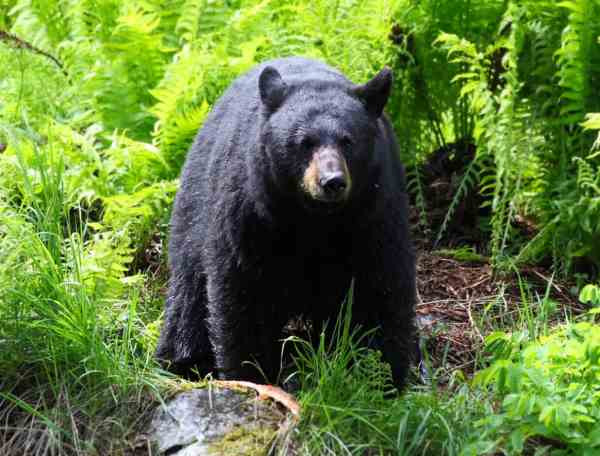With names like a polar bear, grizzly bear, panda bear, and so on, these animals have the power to make us go weak in our knees – who wouldn’t want to cuddle with them? But beyond their cuddly appearances lies immense power – these are some of the strongest animals on the planet, capable of facing difficult weather and putting up a fight against a predator.
Table of Contents
While they may all look similar at first glance, they vary significantly in terms of size and strength. In this article we’ll take a closer look at the most powerful species of bears in the world, learning more about the awesome creatures that inhabit our planet.
List of 8 Strongest Bear Species in The World
Polar Bears
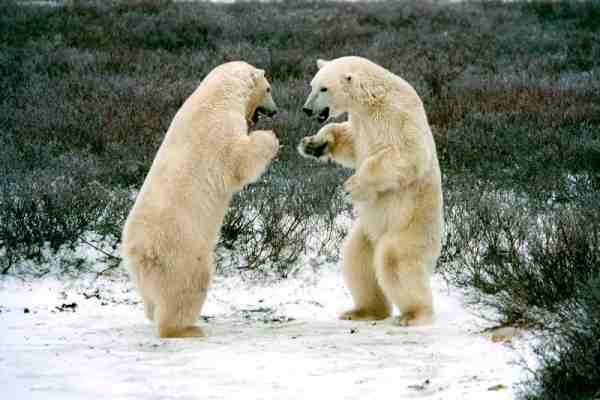
Polar bears are a force to be reckoned with. With an impressive bite strength of 1,235 pounds per square inch, they wear the crown as the strongest bear species. These ice bears (Ursus Maritimus), largely found within the Arctic Circle which encompasses the Arctic Ocean and its surrounding land and seas, max out at 11 ft. tall when standing on their hind legs, and can weigh up to 1,500 lbs.
Females reach slightly shorter heights of 8 ft. but can weigh up to 550 lbs. Their remarkable strength even extends beyond their jaws – polar bears have been known to lift icebergs weighing over 1,000 lbs!
However, these carnivores are not just stunning to gaze upon; they are also terrifying apex predators whose main prey are seals. Polar bears wait patiently atop sea ice for their prey to come to the surface to breathe, and when their target appears, the bear makes its move to seize the opportunity. Humans should be cautious if coming across an ice bear in the wild since they can exhibit aggressive behaviour if hungry.
Kodiak Bears
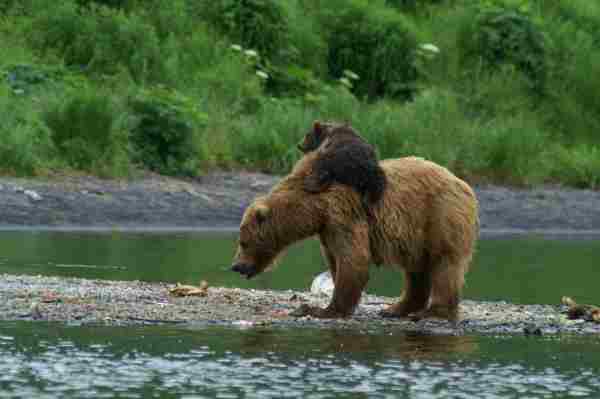
Kodiak bears are truly a sight to behold! These impressive animals, also known as Kodiak brown bears or Alaskan brown bears, inhabit the islands of southwest Alaska’s Kodiak Archipelago and are the second largest bear species in existence, surpassed only by polar bears. On their hind legs an adult Kodiak can stand over 10 feet, while on all fours they’ll reach 5 feet in height. Weight-wise they make the scales range from 254 to 794 pounds, but some gigantic males may exceed 1,500 pounds!
An adult standing on its hind legs can reach heights of over 10 ft and when on all fours about 5ft. In addition to their physical stature, Kodiak bears also have tremendous power in their jaws at an estimated bite strength of 1,100 PSI. They are omnivores that feast on forbs during summer months and then can switch to dead meats in winter months like deer and elk as well as occasionally fish or invertebrates.
Grizzly Bears
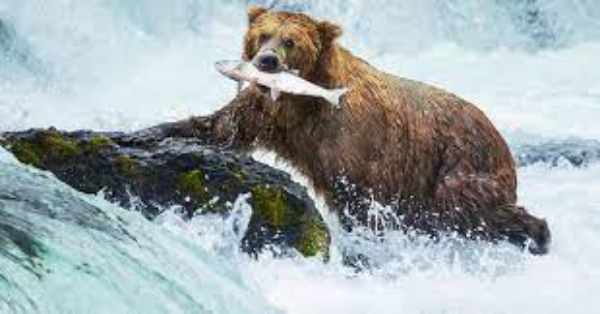
Grizzly bears may look fierce, but they are actually sophisticated animals that have evolved an impressive range of different behaviours and skills over centuries. These powerful, medium to large-sized bears live mainly in North America, residing amongst diverse habitats from forests and tundra to mountain meadows and coastlines.
With their hefty size, grizzlies can weigh up to almost 800 lbs, with females typically smaller than males. As for their diet, it consists mainly of fish such as salmon as well as large mammals like deer, bison and moose! Actually quite omnivorous scavengers, grizzly bears have been known to even feed on dead animals they come across while searching for food in their natural environment.
With a strength that one in five humans can’t match.
They can lift weights of more than 1,110 lbs, which is higher than their own body weight. 1160 pounds-per-square-inch (PSI) is the force of their bite, enough to destroy an average bowling ball. While attacks on humans by grizzlies are extremely rare and typically occur in self-defence or to protect cubs or food sources, it is certainly worth noting that these majestic creatures should not be underestimated!
Kamchatka Brown Bears
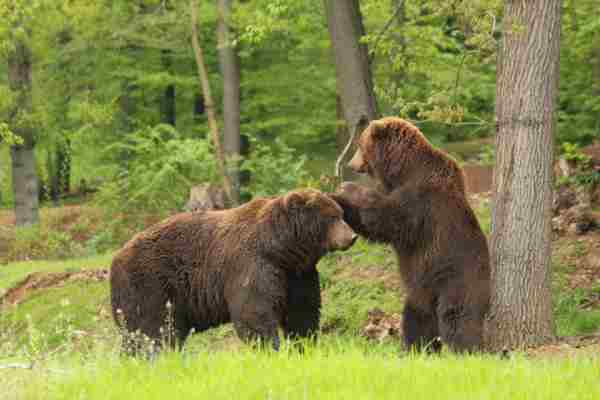
Kamchatka brown bears, also known as the Far Eastern brown bears, are believed to be the ancestors of Kodiak bears. Endemic to eastern Siberia and its disparate islands, these bear species are renowned for their enormous size; adult males can grow up to 9ft in length and 800 lbs in weight, with females weighing slightly less at 700 lbs and stretching up to 7ft.
This makes them the biggest brown bear species in Eurasia. Despite their intimidating size, Kamchatka brown bears are not aggressive towards humans, with only 1% of encounters resulting in an attack. They’re omnivorous creatures whose diet consists of a variety of plants and animals such as blueberries, humpback salmon, steelhead, nuts and mountain ash.
Ussuri Brown Bears
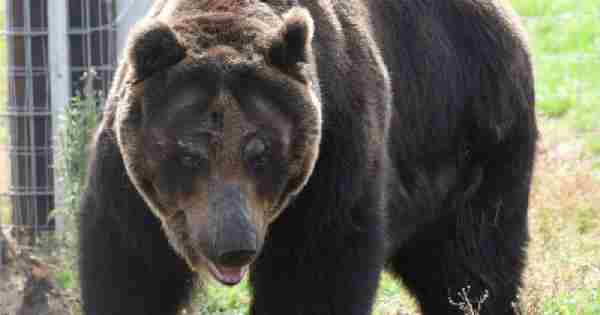
Ussuri brown bears, which are better known as black grizzly bears or the Ezo brown bear, are a subspecies of brown bears that are found in Ussuri Krai, Amur Oblast, Sakhalin, north Shantar Island, China, Korean Peninsula, Hokkaido, Iturup Island and Kunashiri island.
Given the fact that they primarily feed on vegetation such as fruits, roots and plant buds; they usually don’t attack humans but they can still hunt down any prey due to their status of being large predators. Despite their similar features with other bear species like the Kamchatka Brown Bears, Ussuri Brown Bears vary largely in terms of colour as most specimens have dark fur.
This species also comes in a large size compared to other types of bears since their weight range between 880 to 1210 lb while its height can reach up to 6-9 ft long. As for their behaviour pattern, Ussuri Brown Bears are typically solitaire animals unless it is with their cubs or during mating seasons.
Eurasian Brown Bears
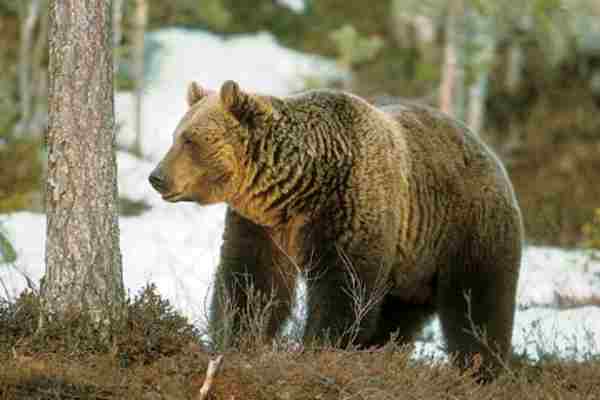
The Eurasian brown bear (Ursus arctos arctos) is an undeniably fascinating creature, with a robust bone structure that is paired with large paws and claws extending up to 4 inches in length. Native to Eurasia, this powerful species stands between 48 -83 inches tall and weighs a remarkable 300-550 lbs.
Although they can be found in packs, especially when defending their young, the Eurasian brown bear is largely a solitary animal capable of swiftly running or swimming alone as well. Omnivorous in nature, these bears have been known to feed on seeds, roots, fruits, insects, fish, mammals, and dead animals’ meat.
Though they are certainly an impressive species to behold, it is important not to underestimate them; Eurasian Brown Bears have earned their bad reputation due to their propensity for aggression when feeling threatened.
American Black Bears
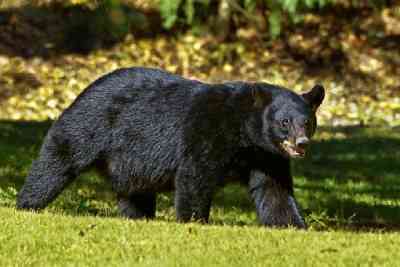
The American black bear is a species found across North America and is the smallest of its kind in this region. Capable of adapting to many different habitats, these bears can reach heights between 3 ft. 11 inches – 6 ft. 7 inches tall.
However, they have the capacity to grow larger than this size ranges depending on their diet and location. On average, males weigh 126-551 lbs while female bears usually measure 90-375 lbs.
These omnivorous animals have a diverse diet that includes succulent plants, berries, roots, fish, meat, insects, larvae and grass! Surprisingly though, they are actually mostly vegetarians as only 15 % of their diet consists of proteins from animal sources.
Lastly, American black bears are typically non-aggressive creatures that tend to become violent when threatened in any way.
Asiatic Black Bears

Native to southern Asia, these black bears (Ursus thibetanus) are also known as Asian black bears, white-chested bears, and moon bears for their hearty origin and unique colour!
These powerful animals can reach a height of up to 4.25 to 6.25 inches tall, with adult males weighing up to 220 to 440 lbs typically. While females weigh approximately half that at full size. Omnivorous in nature, Asian black bears have been seen consuming fruits, insects, small mammals, birds, and even beehive hives they find on their hunts.
Sadly Asian black bears have a bit of a nasty reputation though; they are known as one of the more aggressive species of its genus and can easily attack humans if disturbed or threatened. For this reason, these animals should always avoid contact with domestic animals to prevent unfortunate events from occurring.
FAQs
What is the strongest species of bear?
Grizzly bear and Polar bear.
What is the most feared bear in the world?
Grizzly bear and Polar bear.
Are polar bears stronger than grizzlies?
In a hypothetical confrontation between a polar bear and a grizzly bear, it is generally believed that the grizzly bear would emerge victorious, making it the superior species in terms of fighting ability.
How strong is a Kodiak bear?
Kodiak bears possess an exceptionally potent bite force that rivals that of a grizzly bear, estimated to be around 975 pounds per square inch (PSI). Their bite is strong enough to shatter bones, and their teeth are over two inches long, allowing them to penetrate deeply into their prey. Additionally, Kodiak bears possess tremendous physical strength, which enables them to topple and attack their targets with ferocity.
Final Words
When you think of powerful bear species, chances are your mind immediately goes to Polar bears, Kodiak bears, and Grizzly bears. Though these three bear species certainly have their own unique strengths and capabilities, making them stand out among other bears, it’s important to realize that all bear species are mighty and should be given healthy respect.
After all, they can badly hurt or even kill someone if they feel threatened – so always avoid close contact with them! Paying attention to the signs and behaviour of any bear species is the most beneficial way of staying safe when visiting the home of any type of bear.
Reference:
- https://www.britannica.com/list/9-of-the-worlds-deadliest-mammals
- https://www.greenbelly.co/pages/types-of-bears
- https://www.gonzagabulletin.com/opinion/bulletin-staff-debate-grizzly-bear-vs-silverback-gorilla/article_4e6113fc-c50a-11e7-8b10-77883bc938b6.htm

Jeevan Kodiyan
An animal enthusiast with an interest in zoology, studying the behavior and activities of animals in the wild habitat. I work on research projects related to species conservation and endangered species protection. I also leverage zoology to become an educator, educating others about the importance of protecting our natural environment and the beauty of animals in their natural habitats.

